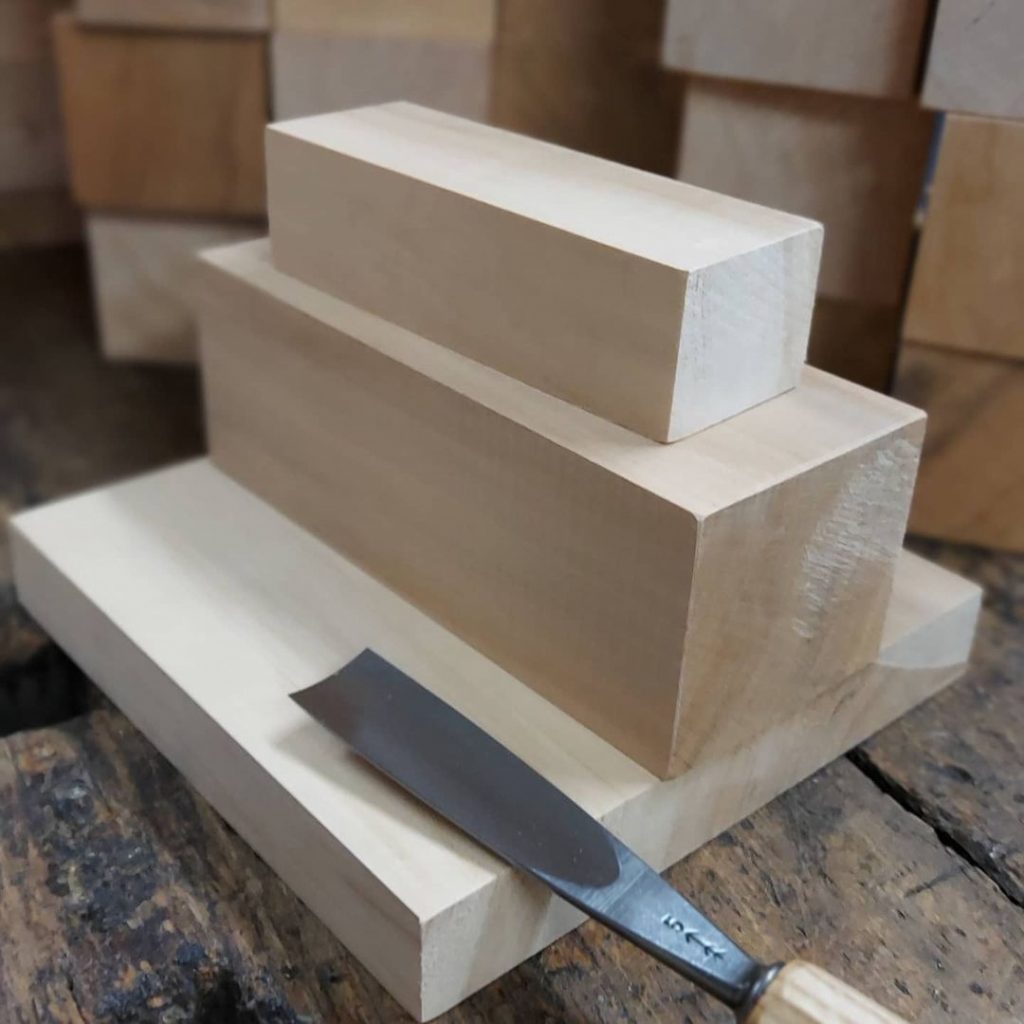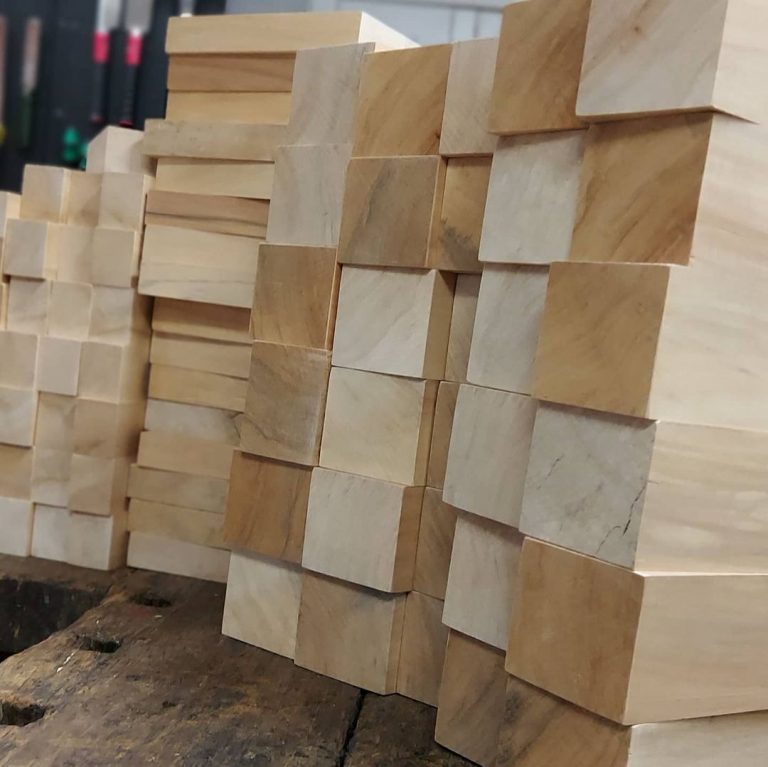Wood carving is suitable for many different types of blanks and many types of wood. Although you can carve from freshly cut wood, many projects require prepared material.
Preparing wood means stabilizing it for subsequent carving or drying or seasoning it. Basically, all of these operations boil down to one thing: you have to remove most of the internal moisture from the wood before you can carve anything out of it. Let’s take a look at how much moisture is in wood and what happens to that moisture after it is sawn down, and then let’s learn about air drying, kiln drying, and drying with chemicals.
Achieving equilibrium
Wood consumes large amounts of moisture, and the structure of wood is like a pump to circulate it. A mature tree, for example, can release up to 400 liters of water vapor per day. To find out how much moisture is stored in wood, a simple method is to weigh freshly cut wood and then dried wood. The difference between the weights is at least two times.
As soon as a tree is cut down and thus “disconnected” from the water supply, the process of moisture evaporation from the tree begins immediately in an attempt to reach equilibrium with the humidity of the surrounding atmosphere. Wood that has not reached equilibrium humidity is called damp or green. Wood that has reached equilibrium moisture is called prepared, dried, or seasoned.
Free moisture and bound moisture
As you learned earlier in this chapter, all deciduous trees are composed of straw-like vessels that transfer water from the roots to the leaves. Because the vessels are open at the ends, they contain two types of moisture to evaporate: free moisture and bound moisture. Free moisture fills the insides of the vessels, and bound moisture saturates the walls of the wood vessels. When bound moisture completely saturates the vessel walls, the wood is at the saturation point of the vessel walls (FSP).
The process of evaporation of free moisture is relatively easy and does not change the characteristics of the wood much, except that it reduces its weight. When bound moisture escapes from the vessel walls through evaporation, however, it has a profound effect on wood characteristics, as each vessel can shrink by up to three percent in diameter.
Preparing wood for wood carving

